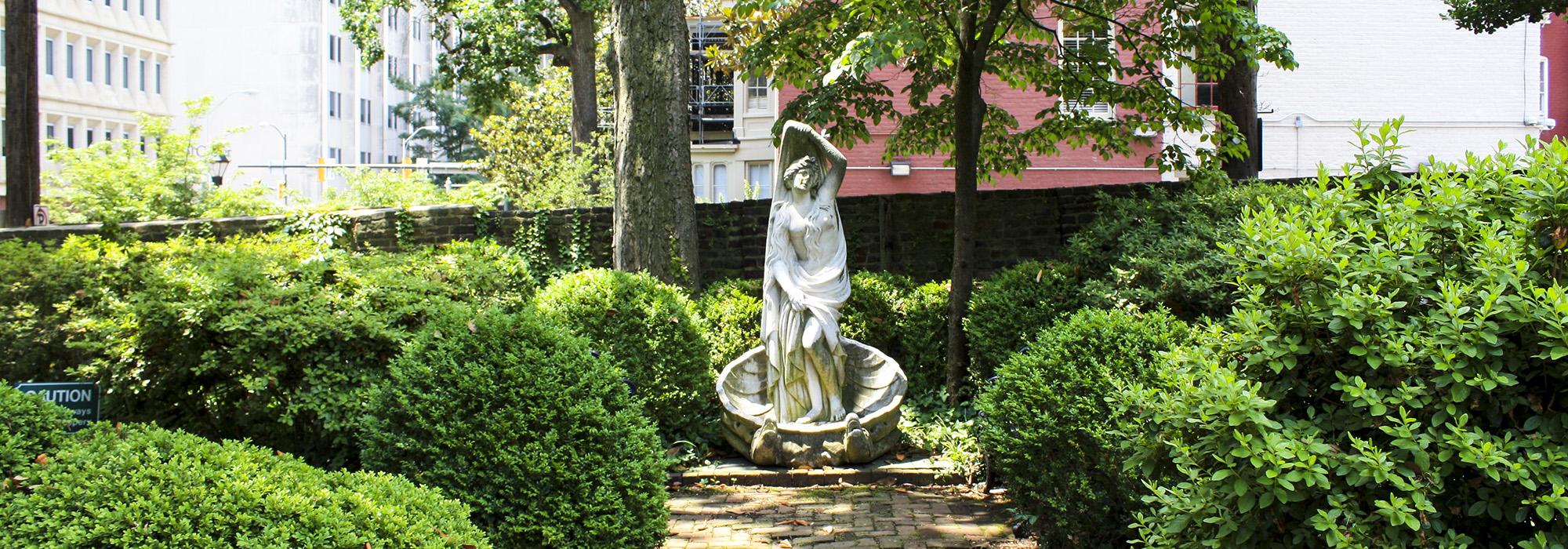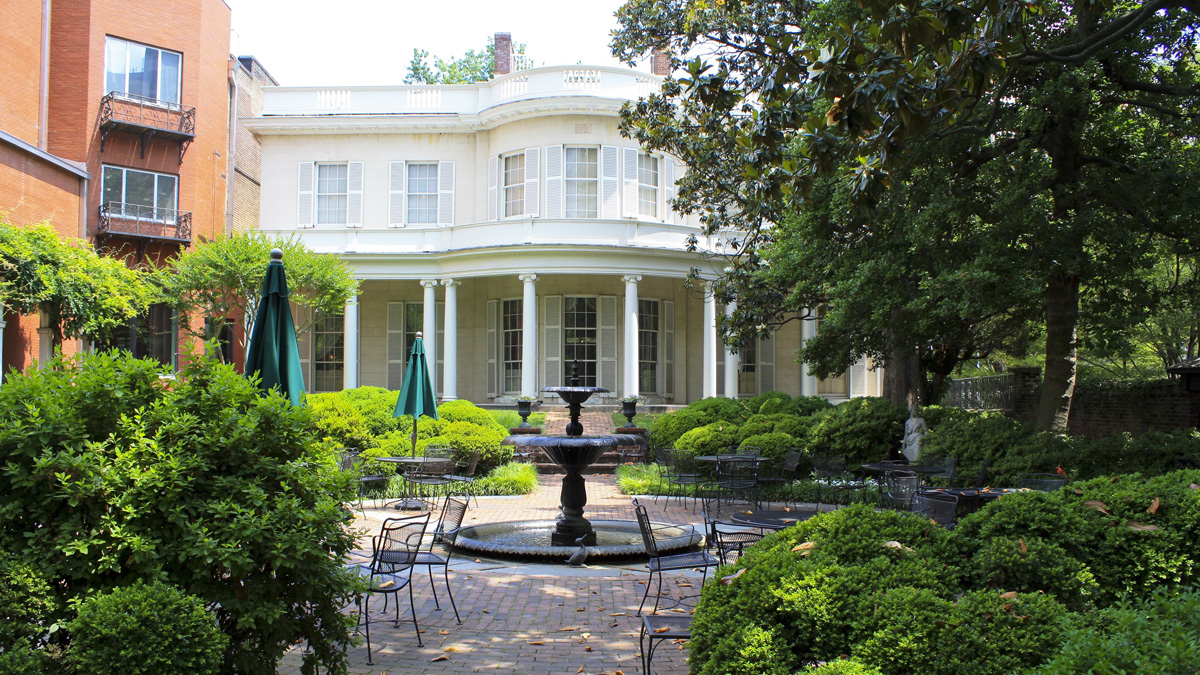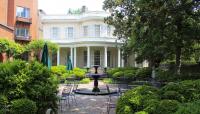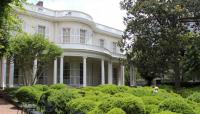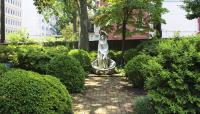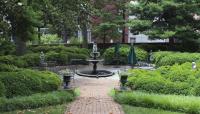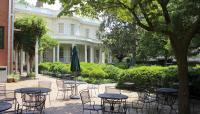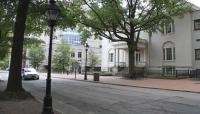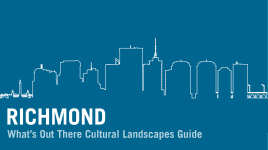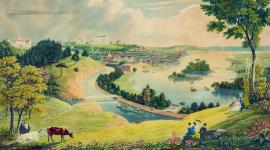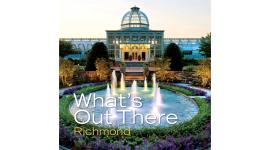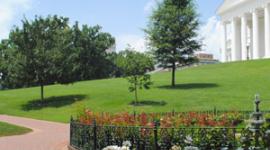Landscape Information
Situated a few blocks from the Virginia State Capitol, this residence was built in Court End, an elite neighborhood developed during the Federal Era after the Confederate capital relocated from Williamsburg to Richmond. Designed in 1812 by architect Alexander Parris for prominent attorney John Wickham, the house eventually passed to Mann Valentine in 1882. Upon his death a decade later, Mann left his collection of art and artifacts, an endowment, and the house to the City of Richmond. Three adjacent row houses were purchased in the 1920s and transformed into an interconnected museum, while the Wickham-Valentine House was converted into a historic house museum. In 1938 the sculpture studio belonging to Mann’s brother Edward Valentine was relocated to the garden and restored.
Originally encompassing an entire block, the extensive gardens and grounds– laid out by Wickham before the house was constructed—were reduced by the 1920s to a small courtyard garden behind the house. The walled formal garden comprises a geometric plan consisting of symmetrical beds, axial brick paths, lawns, statues of the Four Seasons (placed in 1833), and, on axis with the house, a centrally located nineteenth century fountain cast at the nearby Tredegar Iron Works. Mature plantings include southern magnolia, boxwood, holly, pomegranate, tulip poplar, crape myrtle, wisteria, and oak. In 1949 the James River Garden Club and landscape architect Arthur Shurcliff united the extended museum grounds with the historic garden, which was rehabilitated to Wickham’s original design with rejuvenated plantings. Wickham-Valentine House was listed in the National Register of Historic Places in 1969, and designated a National Historic Landmark in 1971. In 2014 the museum complex was renamed The Valentine.



